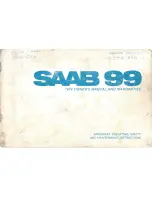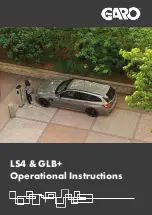
Tires
You should get your own tire
pressure gauge and use it whenever
you check your tire pressures. This
will make it easier for you to tell if a
pressure loss is due to a tire problem
and not due to a variation between
gauges.
Tubeless tires have some ability to
self-seal if they are punctured.
However, because leakage is often
very slow, you should look closely
for punctures if a tire starts losing
pressure.
Inspection
Every time you check inflation, you
should also examine the tires for
damage, foreign objects, and wear.
You should look for:
Bumps or bulges in the tread or
side of the tire. Replace the tire if
you find either of these conditions.
Cuts, splits, or cracks in the side
of the tire. Replace the tire if you
can see fabric or tread.
Excessive tread wear.
Your car's tires have wear indicators
molded into the tread. When the
tread wears down to that point, you
will see a 12.7 mm (1/2 inch) wide
band running across the tread. This
shows there is less than 1.6 mm (1/
16 inch) of tread left on the tire. A
tire that is this worn gives very little
traction on wet roads. You should
replace the tire if you can see the
tread wear indicator in three or more
places around the tire.
Maintenance
In addition to proper inflation,
correct wheel alignment helps to
decrease tire wear. You should get
your car's wheel alignment checked
every 12 months or 24,000 km
(15,000 miles).
Maintenance
INDICATOR
LOCATION
MARKS
TREAD WEAR
INDICATORS
















































